NATO at a Strategic Crossroads: Unity, Pressure, and the Future of Collective Defence
In a recent episode of The International Risk Podcast, host Dominic Bowen was joined by Professor Jamie Shea, one of NATO’s most experienced insiders and former Deputy Assistant Secretary General, to examine the Alliance at a moment of profound transformation. With nearly four decades of service at NATO, Dr. Shea offered a candid and deeply informed perspective on how fear, politics, and strategy are reshaping the transatlantic security order.
The North Atlantic Treaty Organization (NATO) today confronts one of the most significant inflection points in its history. Russia’s full-scale invasion of Ukraine in February 2022, combined with a sustained campaign of hybrid attacks across Europe, has forced a reappraisal of Europe’s security posture. NATO’s unity in response has been widely lauded, yet questions remain about how the Alliance can preserve cohesion in the face of divergent national interests, domestic political pressures, and contested narratives.
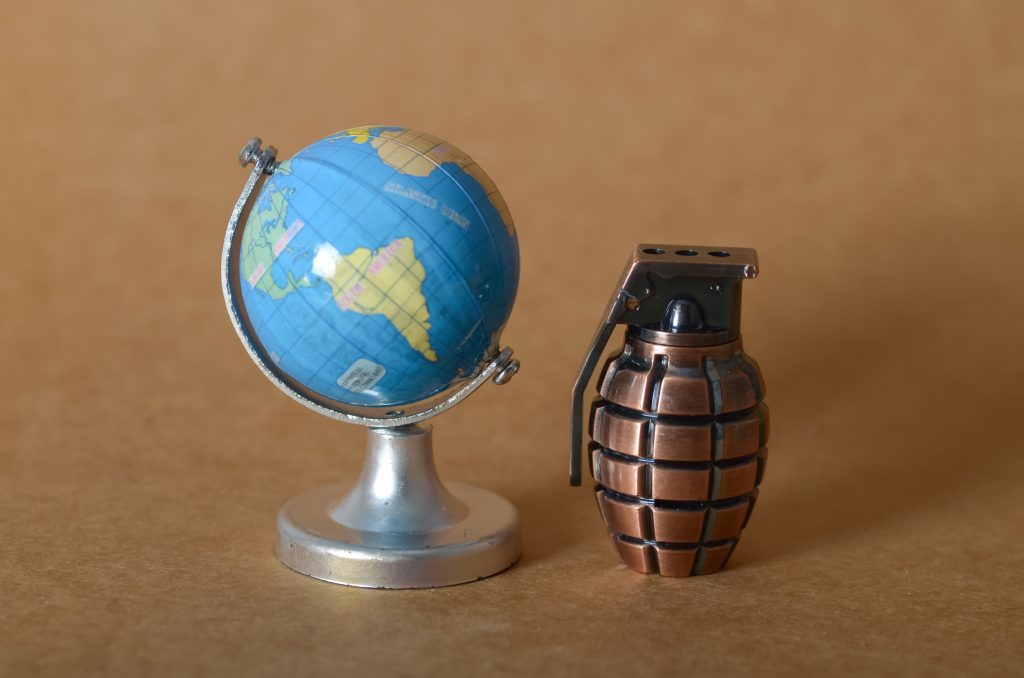
Fear as a Unifying Force
NATO’s renewed sense of purpose since 2022 has rested not on aspiration but on fear. As Dr. Shea noted, fear has re-emerged as the great unifier in Alliance politics. For many states, Russia’s aggression crystallised the vulnerability of those outside NATO’s protective umbrella. Ukraine’s plight underscored the stark reality that only membership ensures collective defence. This fear, Dr. Shea observed, drove the swift decisions by Finland and Sweden to abandon long traditions of neutrality and join the Alliance.
By returning to its founding mission of collective defence, NATO has found unity easier to sustain. As Dr. Shea remarked, a proposal for members to devote 5 percent of GDP to defence spending would once have been dismissed as implausible. Today, in a more dangerous world, such commitments are increasingly regarded as essential.
The Challenge of Defence Spending
Ambitious pledges of defence investment have the potential to reshape NATO’s capabilities, but they also present formidable political and economic challenges. Effective deterrence requires modern, well-equipped, and highly trained forces. Yet sustaining unprecedented levels of defence expenditure demands public support. For governments, this means demonstrating that military investment can also deliver wider benefits to society, from jobs and infrastructure to innovation and technological advancement.
Leaders have already begun framing defence budgets in these terms. The United Kingdom has linked naval expansion to industrial renewal in shipbuilding, while Italy has positioned military infrastructure projects as dual-use, serving both civilian and defence needs. Still, Dr. Shea cautioned that advanced defence industries, with their reliance on automation and robotics, are unlikely to replicate the mass job creation of earlier eras of military-industrial expansion.
Industrial Bottlenecks and Ukraine’s Role
Despite ambitious commitments, Europe continues to face a serious production gap. Ammunition shortages, supply bottlenecks, and the erosion of skilled labour pose major challenges to rebuilding readiness. Addressing these deficiencies will take years. Intriguingly, Ukraine itself has emerged as a partner in closing this gap. Driven by necessity, its defence industry has developed capacities from long-range drones to artillery production that European and American supply chains are now beginning to integrate. Dr. Shea emphasised that Ukraine is no longer merely a recipient of aid but an increasingly important peer in defence partnerships.
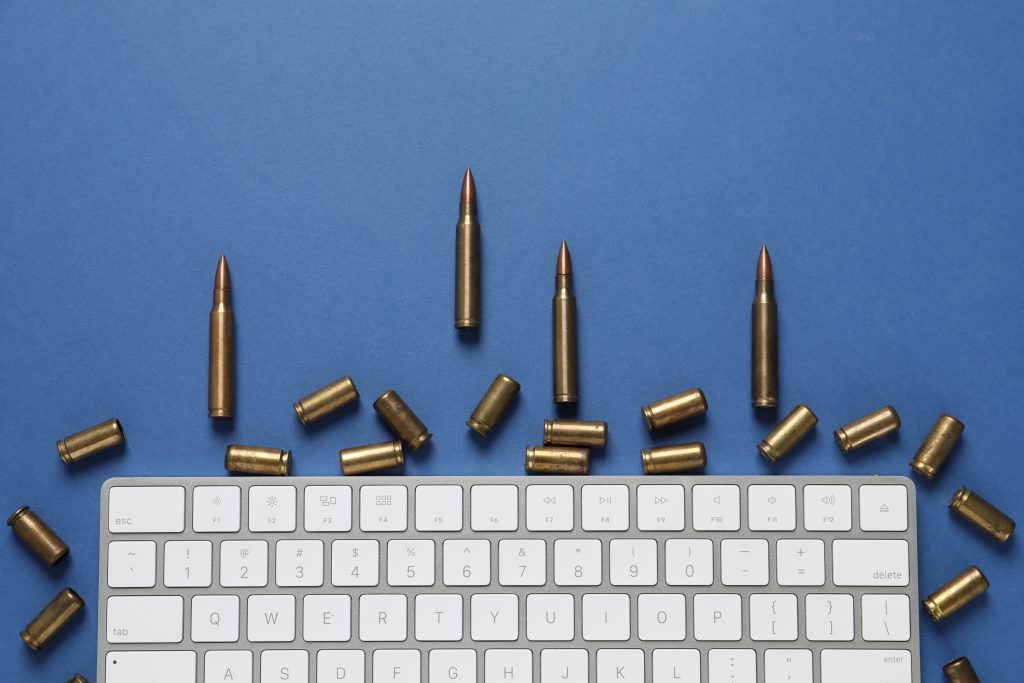
Hybrid Threats and Emerging Security Challenges
While heavy armour and artillery dominate public debate, hybrid threats may represent the greater long-term challenge to NATO resilience. Russia has intensified its use of cyberattacks, sabotage operations, and disinformation campaigns to probe Europe’s vulnerabilities. From damaged pipelines and cables in the Baltic Sea to covert sabotage plots uncovered in London and Warsaw, these incidents expose the fragility of critical infrastructure.
Western governments are responding by refining their legal and operational toolkits, prosecuting Russian operatives, deploying permanent naval task forces, strengthening anti-terrorism legislation, and pressuring social media platforms to act against disinformation. As Dr. Shea highlighted, resilience at home has now become central to NATO’s deterrence posture.
Shifting Global Dynamics
The volatility of recent United States diplomacy, including the spectacle of meetings between Donald Trump, Vladimir Putin, and Volodymyr Zelensky, has underscored Europe’s strategic uncertainty. The emergence of a “big three” of the United States, Russia, and China suggests a geopolitical landscape where medium powers risk being marginalised. For NATO’s European members, Dr. Shea argued, the task is to develop greater strategic autonomy and ensure their interests cannot be disregarded in a system increasingly shaped by the preferences of great powers.
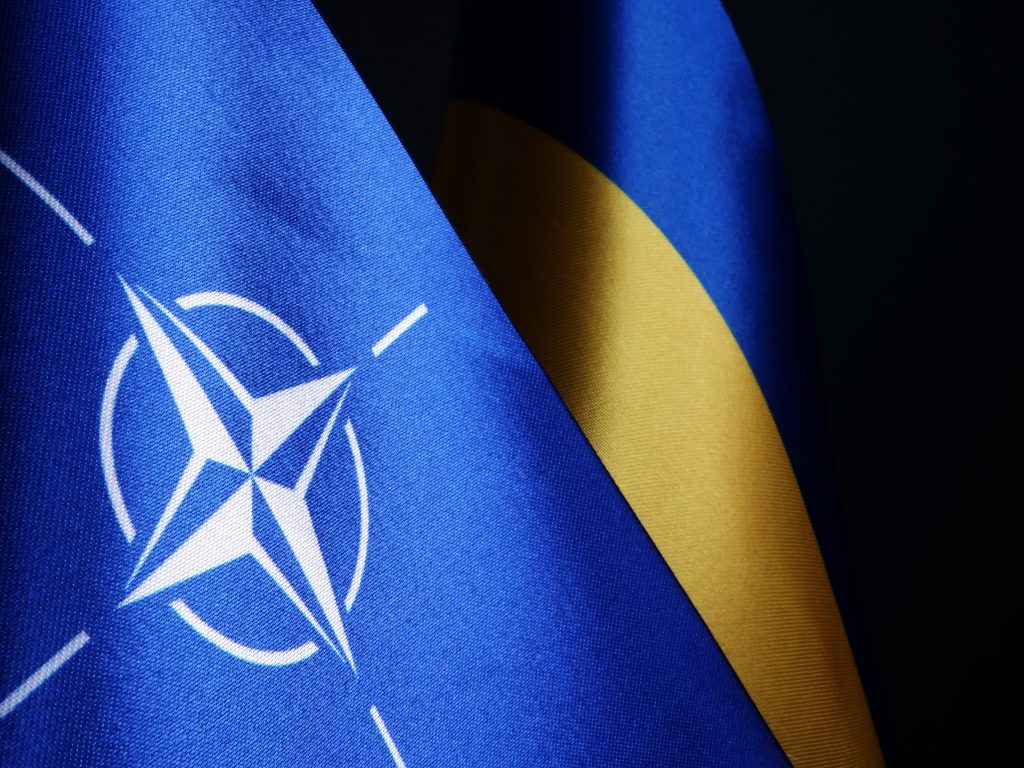
Sustaining Support for Ukraine
A durable peace in Ukraine remains elusive. Dr. Shea contended that NATO’s objective must be to ensure that Ukraine survives as a viable, Western-oriented state that is politically stable, economically sustainable, and securely linked to Euro-Atlantic institutions. Even if Russia retains territory, this approach reflects the logic of Cold War containment: preserving a protective wall until Russia undergoes political transformation. The challenge will be sustaining European resolve if the United States continues down an isolationist path.
NATO and the Asia-Pacific
Beyond Europe, NATO is deepening partnerships with countries such as Japan, South Korea, Australia, and New Zealand. These relationships reflect shared concerns over disinformation, supply chain vulnerabilities, and authoritarian assertiveness. While NATO is unlikely to extend Article 5 guarantees to Asia, pragmatic cooperation is expanding. For NATO, global engagement strengthens deterrence. For its partners, it provides solidarity in addressing borderless threats.
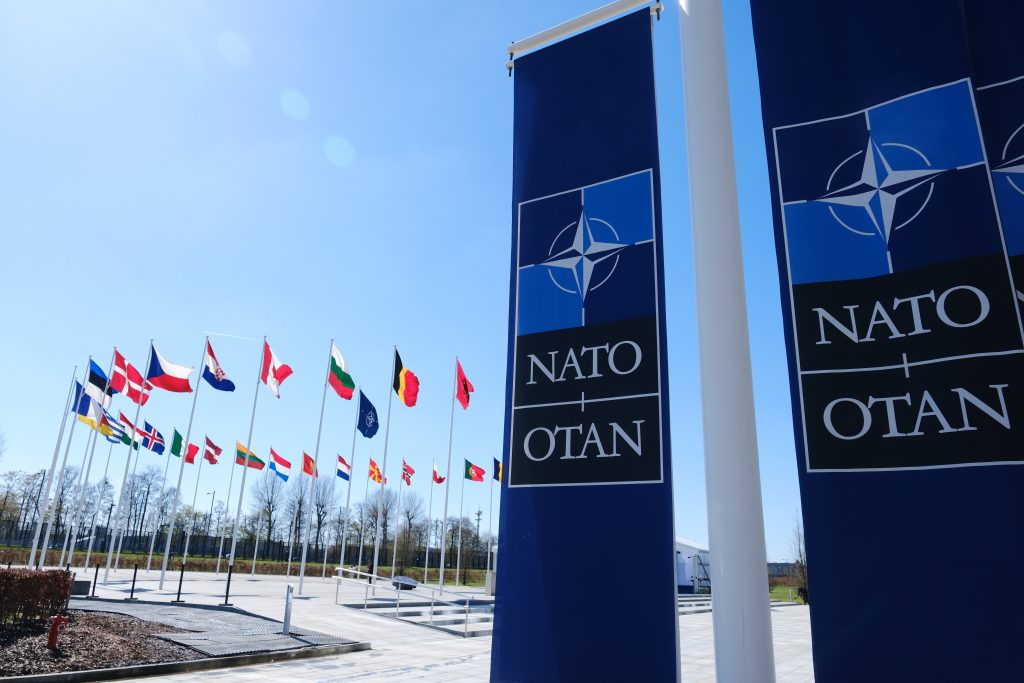
Conclusion
NATO’s ability to adapt has been repeatedly tested, from the Cold War to Afghanistan. Today, the Alliance faces an environment shaped by Russian aggression, hybrid threats, industrial bottlenecks, and shifting geopolitical alignments. Fear has re-energised its core mission, but sustaining unity will require balancing security imperatives with economic realities, integrating partners such as Ukraine, and preparing for a less predictable transatlantic relationship.
As Dr. Shea concluded in his conversation on The International Risk Podcast, the medium powers of the world, caught between the competing ambitions of great powers, must increasingly join together to safeguard their interests. For NATO, this may define the next chapter in its history.

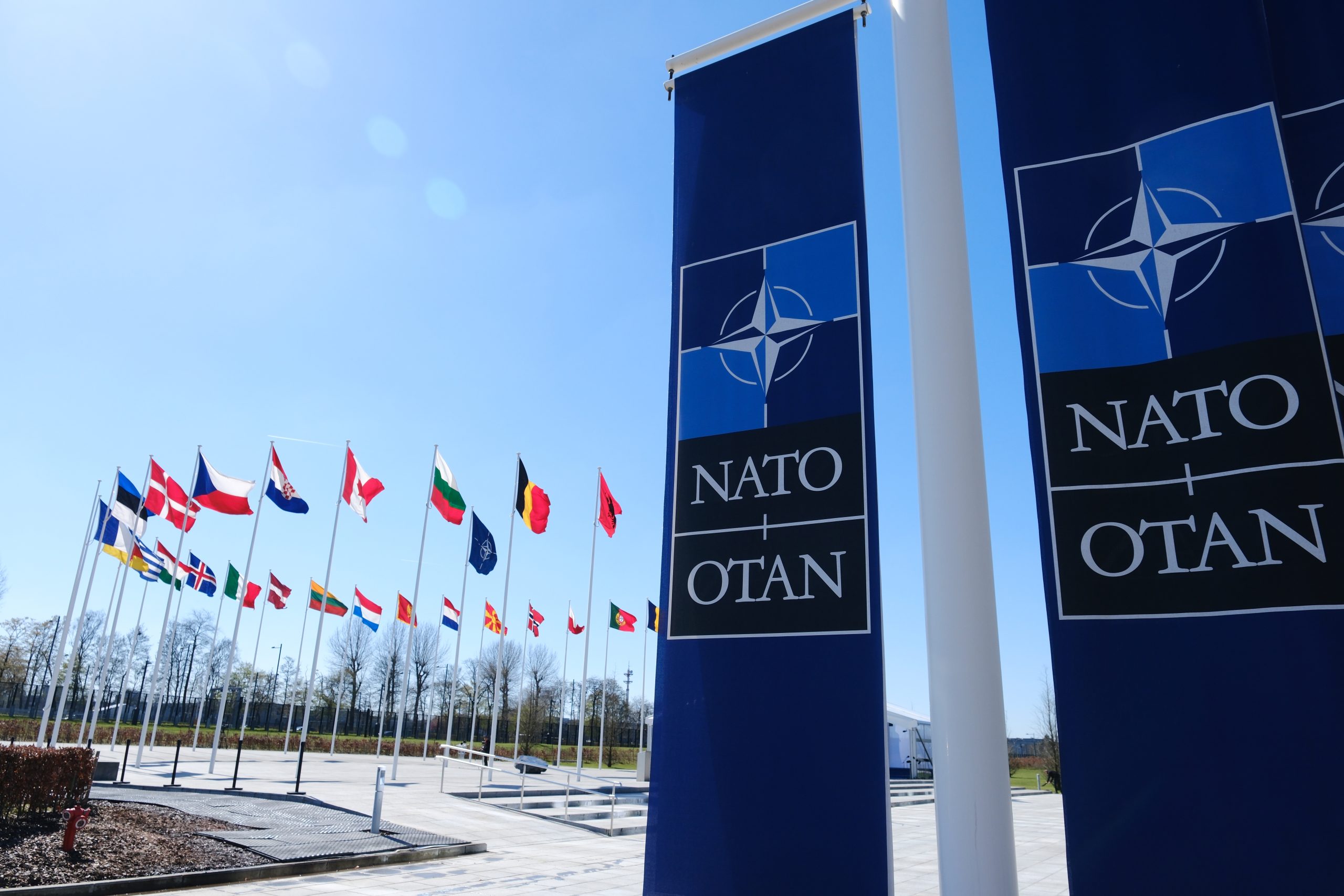



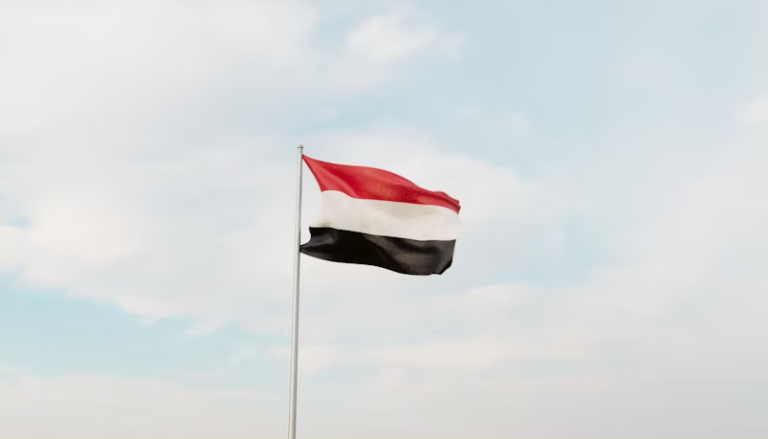
2 Comments
Comments are closed.